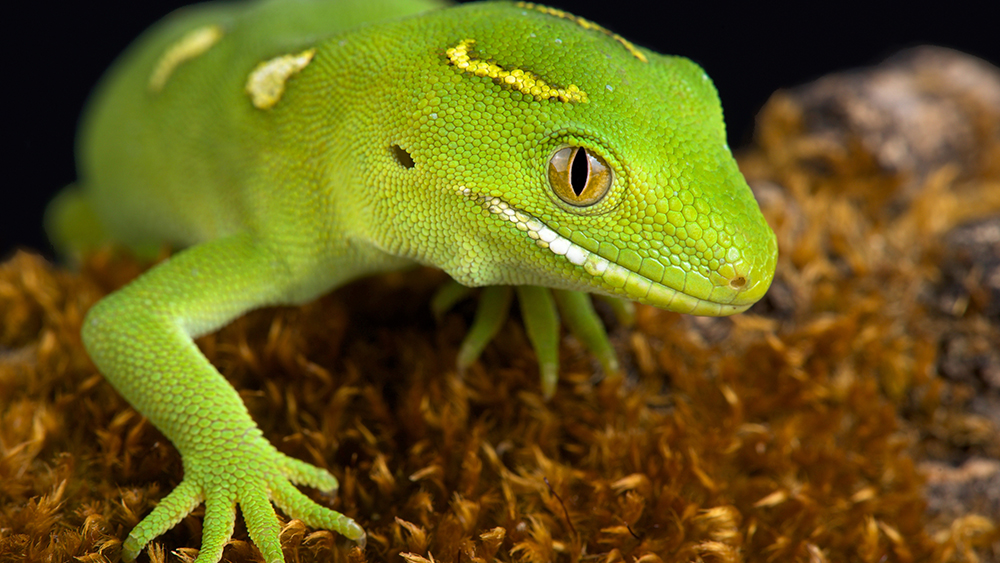The lovable, designed gecko makes the news again this year.1 In 2009, it was discovered the gecko had amazing nocturnal vision.2 Even their sophisticated feet that secrete phospholipids, complex membrane molecules, are a wonder of creation.3
The impediment of directional hearing in small animals, such as the gecko, is cleverly solved by the Creator’s design. In larger creatures, the location of noises is resolved by a procedure called triangulation. It’s a method of determining something’s location by measuring angles from known points and using the location of other things via a fixed baseline. In humans, our pinna (outer ear) of each ear is designed to hear in stereo. This allows our brain to triangulate and thus discern where sounds are coming from. However,
It has been discovered that these fascinating creatures are designed with one eardrum that,
The created gecko, and its sophisticated directional hearing on such a small scale, was the subject of a Nature Nanotechnology paper entitled, “Subwavelength angle-sensing photodetectors inspired by directional hearing in small animals.”4 Researchers from the University of Wisconsin-Madison and Stanford University lined up two tiny silicon wires called nanowires (about 1/1000th as wide as a hair) in a manner that mimics the gecko’s eardrums. Through this positioning they were able to “map the angle of incoming light waves”1 in the light-detector experiment they were conducting.
A graduate student involved in the research said that geckos were not the inspiration for the original assembly of this light system. They “came upon the likeness between their design and geckos’ ears after the work had already begun.” But there was a significant level of similarity: “The same math that explains both the gecko ears and this photodetector describes an interference phenomenon between closely arranged atoms as well.”1
Clearly God’s minute design features in His living creation have substantiated the direction and quality of this light-detector system. ![]()
Clearly God’s minute design features in His living creation have substantiated the direction and quality of this light-detector system.
References
1. Tiny light detectors work like gecko ears. ScienceDaily. Posted on sciencedaily.com October 30, 2018, accessed November 15, 2018.
2. Thomas, B. Gecko Eyes Make Great Night Vision Cameras. Creation Science Update. Posted on ICR.org May 29, 2009, accessed November 15, 2018.
3. Thomas, B. Scientists Discover New Clue to Geckos’ Climbing Ability. Creation Science Update. Posted on ICR.org October 17, 2011, accessed November 15, 2018.
4. Yi, S. et al. 2018. Subwavelength angle-sensing photodetectors inspired by directional hearing in small animals. Nature Nanotechnology. 13: 1143-1147.
*Mr. Sherwin is Research Associate is at ICR. He has a master’s in zoology from the University of Northern Colorado.
Article posted on December 18, 2018.




















